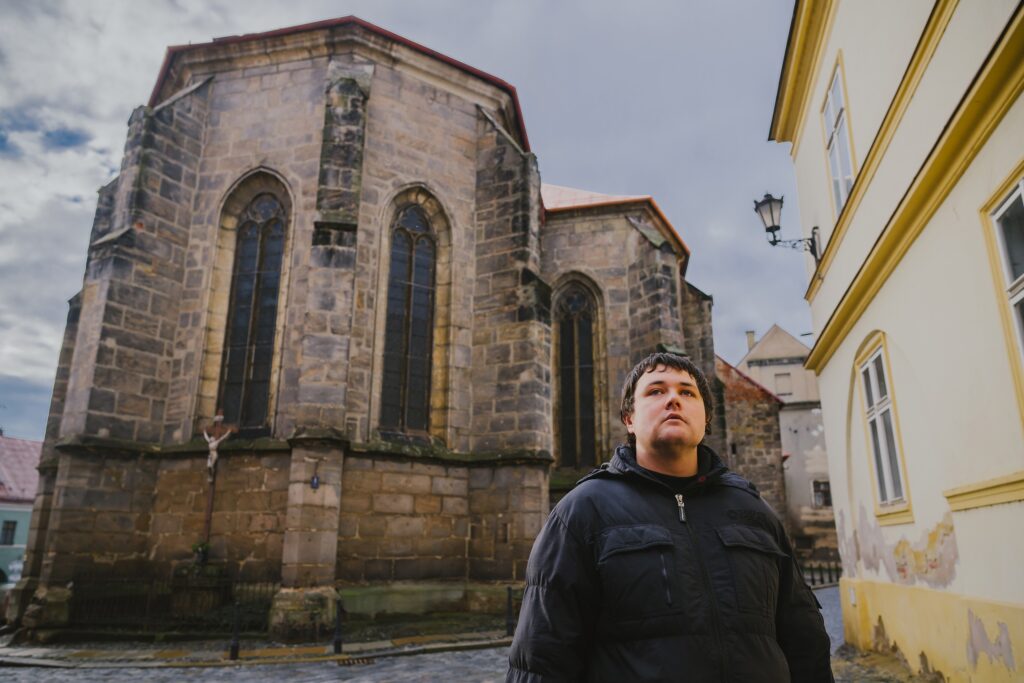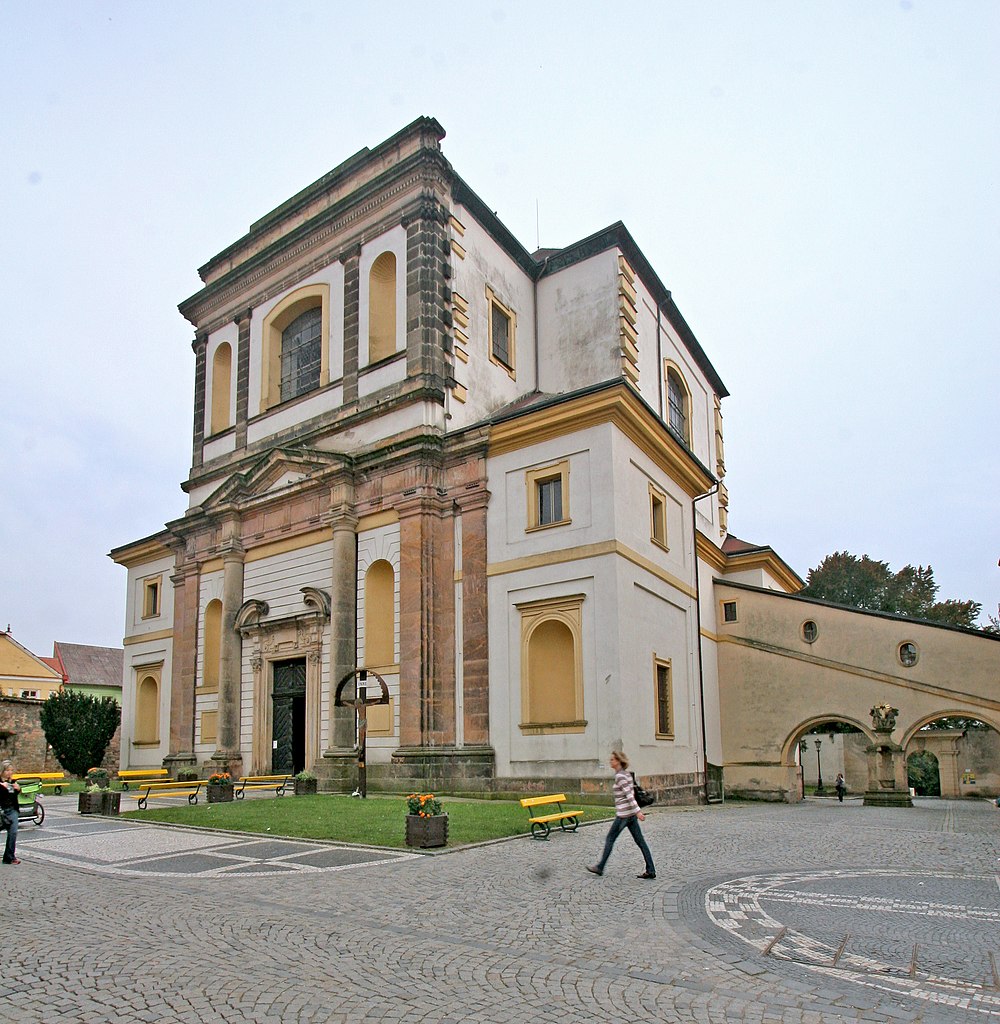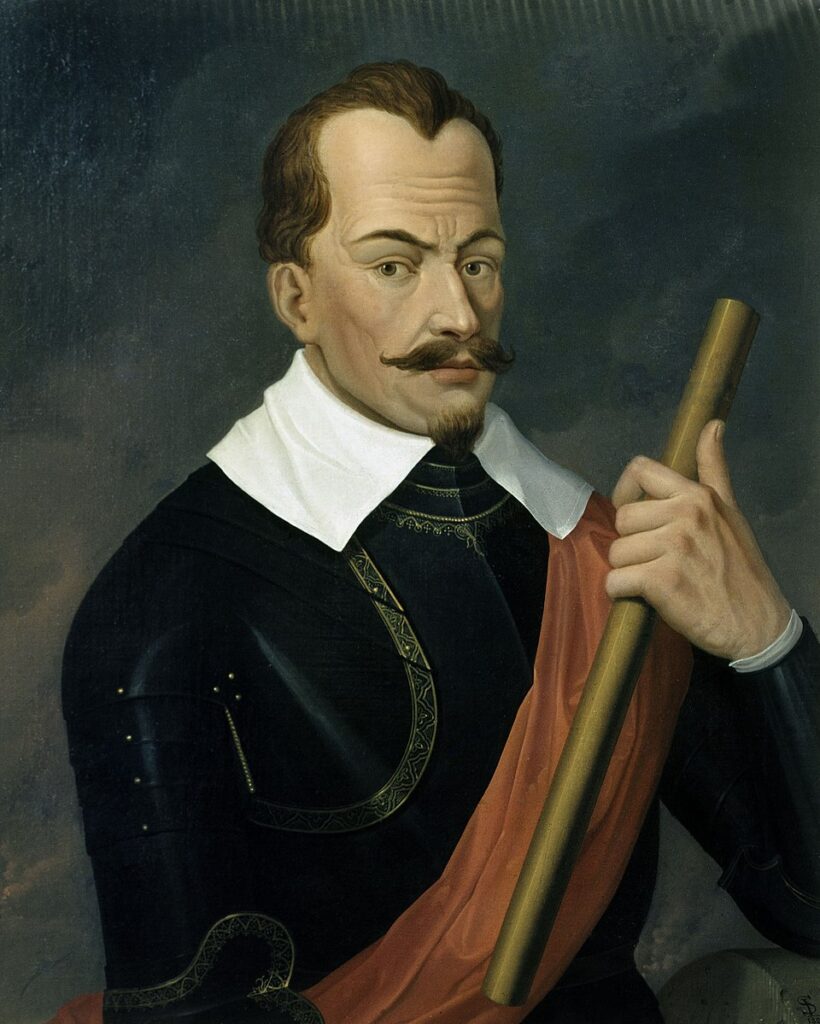This evolutionary adaptation—or by-product—led us to build churches. But it also brought blood. I have found this just because a random church visit that made me really sick.
I should have never read evolutionary psychology and biology. Why? Because they reveal ugly truth about Homo sapiens nature.
All of the evolutionary strategies to boost people’s fitness: mating strategies (the youth have it more risky; the older people get, their mating strategies get conservative; in and out-bound xenphobia, tribalism, selfishness (because of the Selfish gene), status-seeking behavior, resource competition and inequality, even our music preferences follow patterns—short songs dominate, because we get bored easily. And last not but least – my beloved Bronze Age primitive superstitions – religions, in this case Christianity.
My hometown has many churches. The cost was unbelievable

Church construction in the Middle Ages was financially extreme. Cathedrals consumed fortunes. Their cost equaled millions by modern standards. Towns poured everything in—land rents, tithes, noble gifts, and royal funding. Local guilds gave regularly. Special taxes were imposed. Everyone paid. And the money flowed not just into stone. It went into design, wages, stained glass, imported materials, and long-term management. Master masons demanded high pay. Foreign craftsmen cost even more. In some cities, almost all civic income was funneled into one massive building. Chartres. Cologne. Reims. They became bottomless financial pits.
To keep these projects alive, the Church turned to aggressive funding. Dioceses borrowed. Monasteries were raided for coin. Bishops made deals with rich merchants. Even Jewish lenders were used—despite papal bans. In exchange, donors received salvation perks. Indulgences. Burial spots. Names carved into stone. The Vatican endorsed it. Religious buildings became fiscal machines. Bishops siphoned money from rural parishes. Towns starved while cathedrals rose. Whole economies bent around the project. Churches kept ledgers, hired treasurers, ran their own finances. It was a separate state within a state.
Even when work stopped, the cost didn’t. Wars, plagues, shortages—none canceled the debt. The cathedrals needed money anyway. So the Church got creative. It sent priests across Europe to fundraise. It sold indulgences on a grand scale. People paid to reduce time in purgatory—and financed a new tower in the process. Religion became commerce. Every prayer had a price. Church construction, seen as holy, became one of medieval Europe’s most massive financial operations. It drained kings, merchants, and peasants alike. A temple of stone. A monument of debt. A gold-devouring beast that took centuries to feed.
They were building churches, you were dying

While cathedrals rose into the sky, people starved below. Most of the population lived in brutal poverty. Families could not afford bread, let alone medicine. A simple infection could kill. A broken bone meant permanent disability. No hospitals. No doctors for the poor. Only prayers and pain. Wealth was locked in stone and glass. There was no relief. Every coin that could have bought grain went into marble altars. Children died of cold. Mothers bled to death in childbirth. Fathers collapsed in the fields. The Church called it divine order. But it was man-made misery.
Plagues swept through villages. The sick lay on dirt floors. No treatment. No help. Just waiting for death. Priests offered last rites, but not medicine. Cathedrals had gold ceilings, yet peasants had no roofs. Entire harvests failed, and famine followed. Nobles had cellars of wine. The poor chewed on bark. Monasteries hoarded food for feasts, while commoners ate rats. Markets were full—for those who had coin. But most had nothing. Hunger hollowed out their faces. One bad winter could wipe out half a village. All while bells rang from the towers of unfinished churches, paid for by the dying.
There was no social safety net. No state support. The poor paid taxes, gave tithes, and still received nothing in return. Death came early, and it came hard. Few reached forty. Life was toil, disease, and hunger. And yet, the Church kept asking for more. More donations, more labor. And more gold. Not for bread or shelter—but for arches and statues. Poverty was not an accident. It was built into the system. And it killed millions quietly, while the cathedrals shouted God’s glory to the sky.
Church interior as perfect
The paintings and decorations inside medieval churches were nothing short of breathtaking. Masterpieces filled the walls, the ceilings, the altars. The work was meticulous, stunning, and designed to awe. Vibrant colors, gold leaf, and intricate details captured biblical scenes and saintly visions. Every brushstroke had purpose—meant to elevate the spirit and reinforce divine authority. These paintings, often created by the finest artists of the time, were meant to reflect the beauty of heaven itself. But this divine grandeur came at an enormous price, a price paid by the people who struggled daily to survive. The wealth poured into creating these perfect depictions of faith came from the poorest among them. Art for worship, yes, but at what cost to society?
Behind the splendor, the reality was grim. The gold, the fine pigments, the marble, the expensive materials—none of it came easily. Local peasants, who lived in squalor, were forced to give what little they had to fund these decorations. Each fresco, each sculpture, each gilded altar was part of a broader system of immense financial burden. While the Church adorned its holy spaces with the finest art, the majority of the population had no access to education, health care, or even basic sustenance. The money that could have fed families or clothed the poor was instead locked in gilded frames and painted ceilings. The laborers who built these churches and painted these masterpieces often went hungry themselves. They created stunning works of art, but their families starved.
God is everything
And yet, these magnificent works were not for the people—they were for God, for the Church, and for the elite who controlled the funds. The vast majority of those who contributed to the building and decorating of these churches would never see the fruits of their labor. The artwork was a symbol of power, a reminder of the divine right of the rulers and the spiritual authority of the Church. The people gave their sweat and blood for beauty they could never touch. This paradox, this tension between spiritual grandeur and human suffering, is the cruel irony of medieval church art: it was a reflection of heaven, but for the masses, it was built on earth through sacrifice, poverty, and submission.
Then most poweful man in Europe was deeply religious

As a person that hates tribalism or nationalism, I don’t hide some kind of hometown proudness. And yes, Albrecht von Wallenstein had built my hometown in unprecedented way (so the story of the two churches may have been different).
While many of my readers possess very high IQs, they would not match Albrecht von Wallenstein (Albrecht z Valdštejna).
He was not only one of the best military commanders that every lived, but he was a man who outsmarted everybody. I guess he would make it in business has he lived now.
He was a strategist. While others fought for glory or faith, he fought for power. First, he reorganized the imperial army—not just in structure, but in purpose. Instead of chaos and looting, he built a machine. He created permanent supply lines, brought discipline, and made logistics a science. That alone set him apart. But then, he went further.
Unlike other generals, Wallenstein didn’t beg the emperor for funding. He financed his army himself. How? Through war contributions, through occupation. And through ruthless efficiency. This gave him something rare—independence. He wasn’t a tool of the Habsburgs. He became their equal. With every battle, he demanded more land, more titles, more autonomy. And he got them. While the emperor ruled Vienna, Wallenstein ruled war.
The genius of Wallenstein
But he wasn’t just rich. He was patient, he refused to waste troops for show. And he only fought when it brought real advantage—territorial or political. He used every delay, every negotiation, every movement to pressure his enemies. Meanwhile, he built a spy network. He watched his officers, he tracked his rivals. He kept control not just with money—but with fear, loyalty, and eyes everywhere.
Even more, he knew the power of image. He embraced astrology. Not because he believed it—but because it worked. Soldiers thought him destined. Enemies feared him. He used superstition like a sword, he tolerated Protestants when it suited him. And he sought peace when it served him. He was no fanatic. He was a pragmatist. While others killed for religion, he maneuvered for empire.
And near the end, he outgrew his masters. He negotiated with Protestants. With France. With Sweden. Secretly. Boldly. He tried to reshape the future without asking permission. That sealed his fate. They killed him for ambition. But even in death, he left a legacy—of brilliance, calculation, and unmatched political genius.
IQ 150 and deeply religious, suicide as a sin
Why we will likely never know exact points of this tyran’s IQ, we know he was deeply ill and wanted commit suicide because of his multiple illnesses which he actually didn’t materialize because of the fear of God.
No choice why to be non-religious
Of course, prayer works, look at the complexity of the world must require a creator, there are spritual forces, who else could have created this but God
No notion that evolutionary biology and psychology can prove religions are evolutionary made phenomenon. It makes sense – if you are good, you get rewarded and otherwise.
We know Christianity bears unbeliveable numbers of contradictions, but what to believe in this dark age. So what in the beginning or didn’t exist at all: Mathematics (Wallenstein excelled in it, but this was beginning of the discipline), physics, astrophysics, chemistry, biology, economics, sociology, psychology, biochemistry, microbiology, botany, zoology, ecology, geology, earth
science, oceanography, meteorology, medicine, computational science, pharmacy, cultural anthropology, evolutionary biology, political science, analytic philosophy, statistics, genetics, logic, artificial intelligence, psycho-metrics, parasitology, anthropology, history, electronic, optics, quantum physics, metallurgy, materials science, cartography, climatology, dialectology, bacteriology, applied mathematics, audiology, laser physics, linguistics, applied mechanics,
astrodynamics, electronics, quantum mechanics, nanotechnology, microfabrication, epidemiology, ethnology, geography, microelectronics, evolutionary psychology, decision theory, computing, photonics, mechanical engineering, electrical engineering, nuclear engineering, biophysics, control theory, aerodynamics, energy, solid-state physics, heliology, thermology, topography and so on. Note that these branches have their own sub-branches. (250 Arguments for Atheism, Jan Bryxí 2025).
My experience: Sophisticated church because of some evolutionary instincts
The perfect church setting I was a witness of reminded me that every single evolutionary adaptation just materialized, wars, genocides, tribalism, competing and then – the churches. Even now.
As a Czech citizen, I found it unbeliveable that our prehistoric instincs could have produce such a thing. Of course, I live in a country full of atheists, but someone who is – for example – German may still be worshiping his non-existing imaginary friend in a church.
It made me disgusted
Visiting one church was an unexpected eye-opener. Such an existence of religion is absurd in this world, we should not align with our prehistoric instincts, but put them away.
We see religion as something abstract, but my but my church visit finally made me see things in physical, material form; everything materialized in it truest sense.
Conclusion
The magnificence of church architecture conceals a much darker truth—one rooted in evolution, inequality, and human suffering. What appears as divine beauty was, in fact, a product of prehistoric instincts: tribal loyalty, status obsession, fear of the unknown, and the desperate drive for immortality. Religion became the outlet, the organizing myth, the tool. It demanded sacrifice, and it received it—in labor, in coin, in blood.
Cathedrals did not rise from faith alone. They rose from starvation. From poor families crushed under taxes, from dying children. From systems where pain became normal, and where gold flowed not toward medicine or education, but to gilded ceilings and painted saints. We may marvel at the craftsmanship, but behind every stained-glass window stood a starving builder. Behind every fresco, a mother buried her child.
Even the smartest of men—like Wallenstein—were trapped in this universe of divine fiction. He outplayed emperors and rewrote the rules of war, yet he still feared eternal punishment. Because that was the spell religion cast. It shackled even the brilliant. And if he, with his astronomical intellect, could not escape the illusion, what chance did the peasants have?
My own disgust came not from reading, but from seeing. From walking through those sacred halls and realizing: this is not just art. It is history fossilized in stone—a fossil of irrationality, cruelty, and blind devotion. These churches are not symbols of transcendence. They are monuments to a species that still has not overcome its past. They are proof that we evolved gods to manage our fears—and bled each other dry to keep them satisfied.
We must stop romanticizing the divine lie and start understanding the evolutionary trap. Only then can we break it. When I walk around these churches, I carry the knowledge they never had: ex nihilo, evolutionary biology, evolutionary psychology, fossil dating, astrophysics, philosophy and more. I may be clever—but the truth is, I was simply born centuries after these buildings were.

Leave a Reply